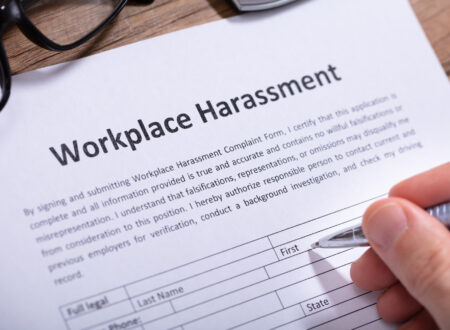- What can go wrong?
- What can we do to prevent the harm from occurring in the first place and in response to the harm or loss if it actually happens?
Identify the risks:
- The very first step is to identify the risks. Ask yourself what can go wrong. Every activity of a practice poses a risk so brainstorm and document the risks.
- Consider both the general risks (that could happen to any practice) and the risks specific to your practice.
- Risks can be:
- Personal injury
- Medical
- Environmental
- Property
- Financial
- Reputation/goodwill
- Other
Author(s)

Stuart J. Oberman, Esq.
Stuart J. Oberman is the founder and President of Oberman Law Firm. Mr. Oberman graduated from Urbana University and received his law degree from John Marshall Law School. Mr. Oberman has been practicing law for over 30 years, and before going into private practice, Mr. Oberman was in-house counsel for a Fortune 500 Company.
Read More =>




